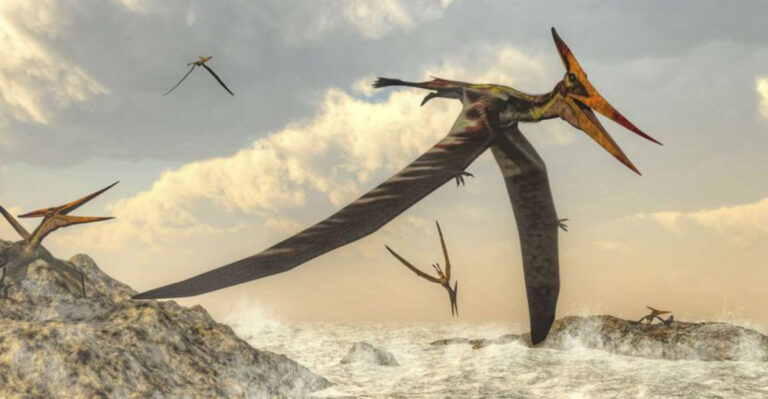29 Species That Have Evolved In The Most Astonishing Ways
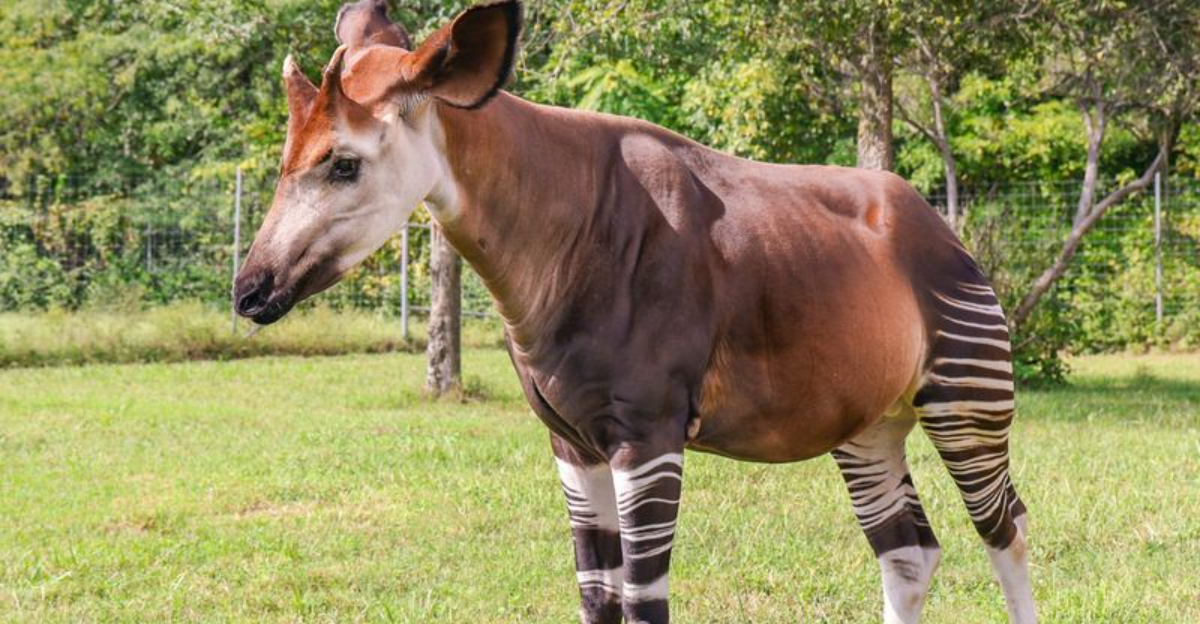
Evolution is a fascinating process that has led to the incredible diversity of life we see today. However, some species have taken particularly strange and unbelievable evolutionary paths.
From creatures that defy gravity to those with astonishing camouflage abilities, each has a unique story that reflects the boundless creativity of nature’s evolutionary artistry.
1. The Leaf-Tailed Gecko
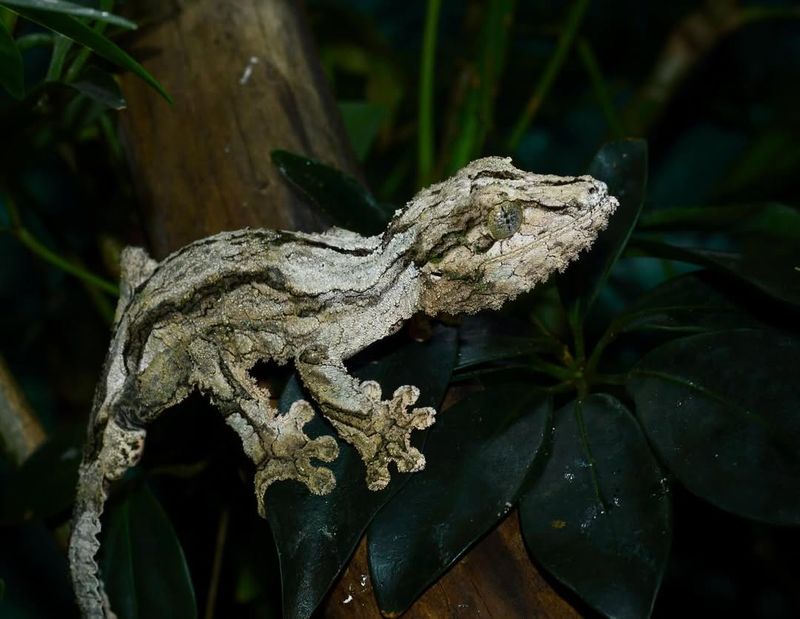
The Leaf-Tailed Gecko has evolved a stunning appearance that allows it to blend perfectly with its environment.
Native to Madagascar, this master of camouflage has a body and tail that mimic dead leaves, helping it avoid predators while it hunts for insects. Its ability to remain undetected by both predators and prey alike makes it one of nature’s most remarkable examples of evolutionary adaptation.
2. The Pistol Shrimp
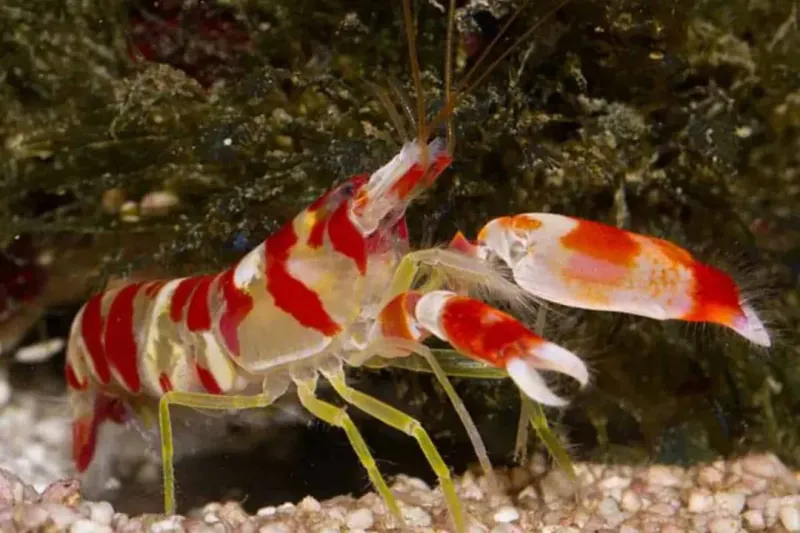
The Pistol Shrimp is a tiny but powerful creature, capable of snapping its claw shut so quickly that it creates a cavitation bubble.
This bubble produces a shockwave that stuns or kills prey, making the Pistol Shrimp one of the ocean’s most surprising hunters. Despite its small size, the shrimp’s ability to create such intense force allows it to thrive in its competitive underwater habitat.
3. Mimic Octopus
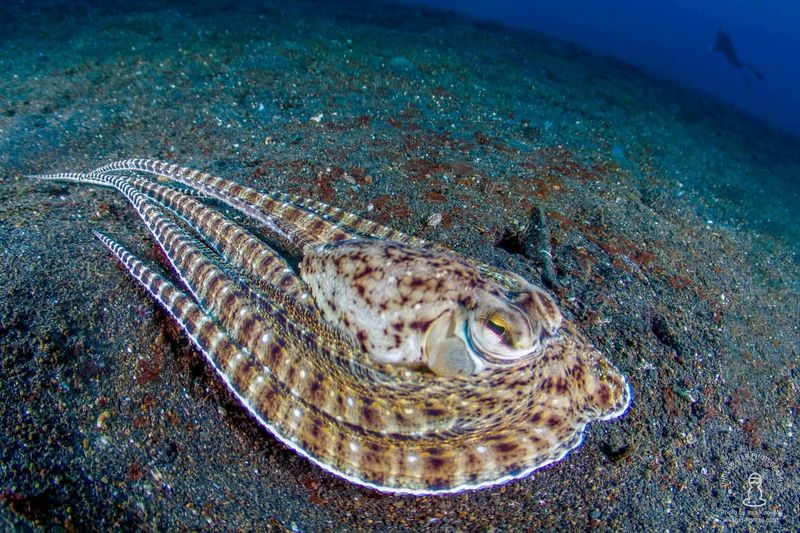
The Mimic Octopus is a true master of disguise, capable of imitating a wide range of creatures, including flatfish, lionfish, and even jellyfish. By changing its color, texture, and shape, it confuses predators and prey alike.
This astounding mimicry helps the Mimic Octopus survive in its environment and showcases the incredible adaptive skills it has evolved.
4. Sloth
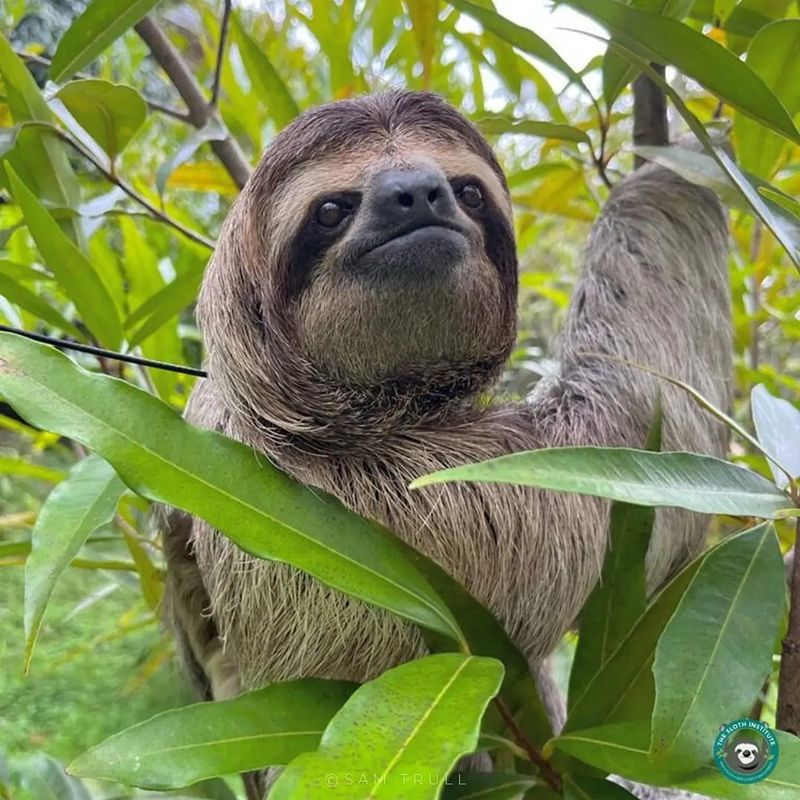
The Sloth’s slow movements and low metabolism are perfectly suited for its tree-dwelling lifestyle. It spends most of its time hanging upside down in the canopies of Central and South America, moving at a pace that conserves energy.
Its unique behavior and specialized adaptations allow the Sloth to thrive in its niche despite its sluggish nature.
5. Naked Mole Rat
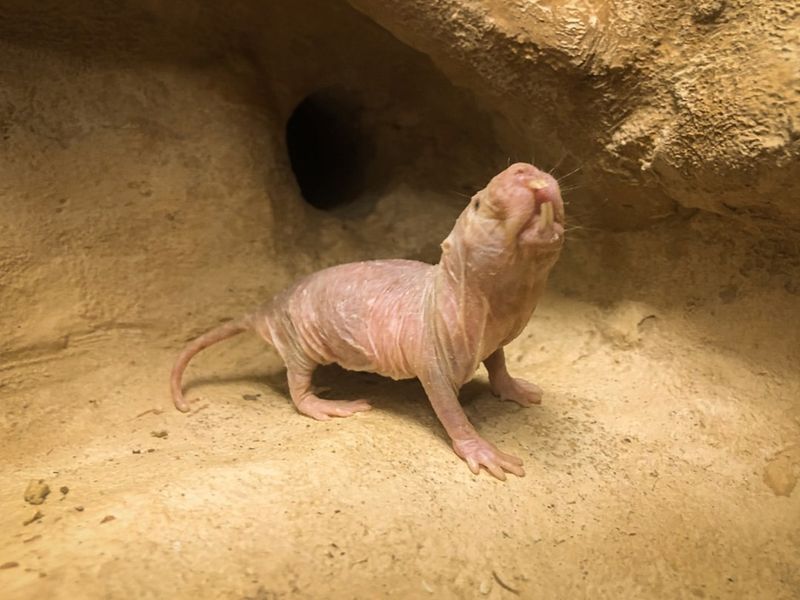
The Naked Mole Rat lives in underground colonies with a social structure similar to that of ants and bees. These fascinating rodents thrive in low-oxygen environments and exhibit a resistance to cancer, making them a unique species in the animal kingdom.
The Naked Mole Rat’s eusocial lifestyle and biological resilience have made it a key subject in scientific studies on aging and disease resistance.
6. Leafy Sea Dragon
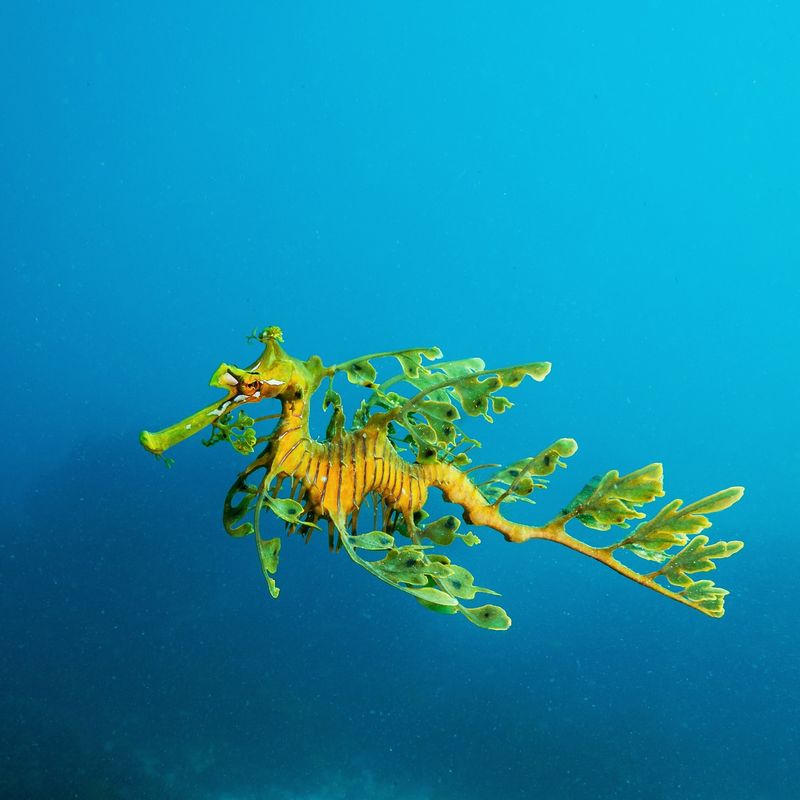
With its leafy appendages and vibrant colors, the Leafy Sea Dragon has evolved to look almost identical to the underwater vegetation it inhabits.
This remarkable camouflage helps it evade predators while it hunts small plankton. Native to southern and western Australia, the Leafy Sea Dragon’s evolution as a master of disguise makes it a true marvel of the ocean.
7. Pangolin
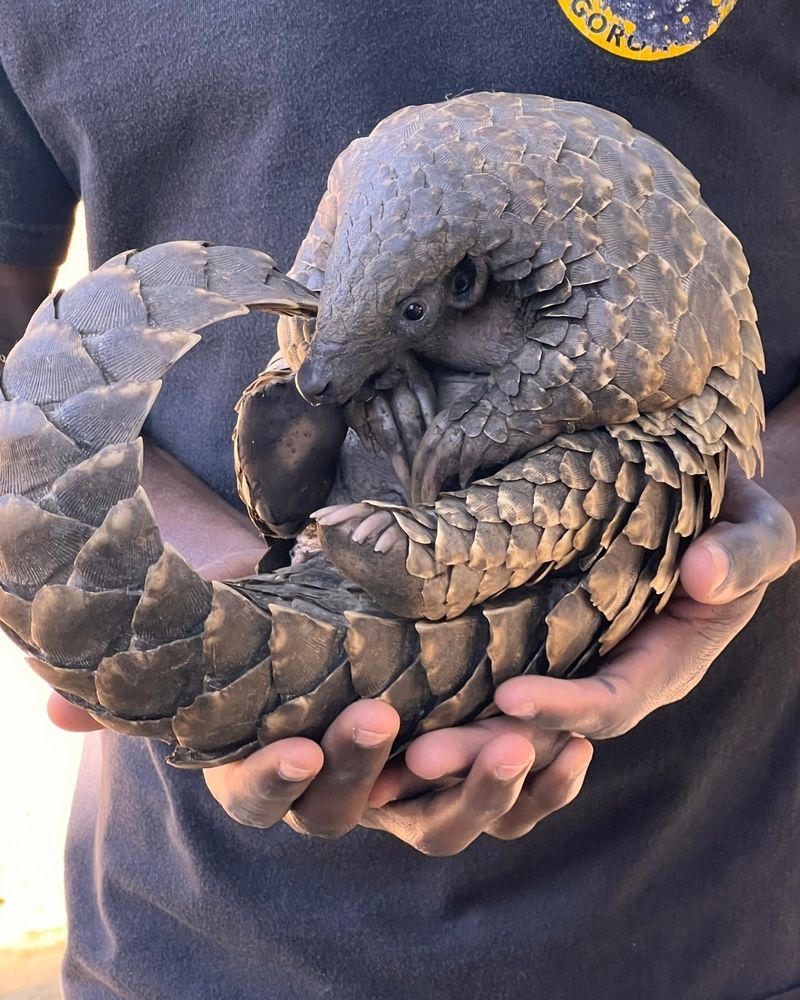
The Pangolin is one of the only mammals completely covered in keratin scales, providing it with unparalleled protection from predators. When threatened, it curls into a tight ball, relying on its tough exterior to defend itself.
Found in both Africa and Asia, the Pangolin is the only mammal with this defense mechanism, and its unique appearance has captured the fascination of wildlife enthusiasts.
8. Narwhal
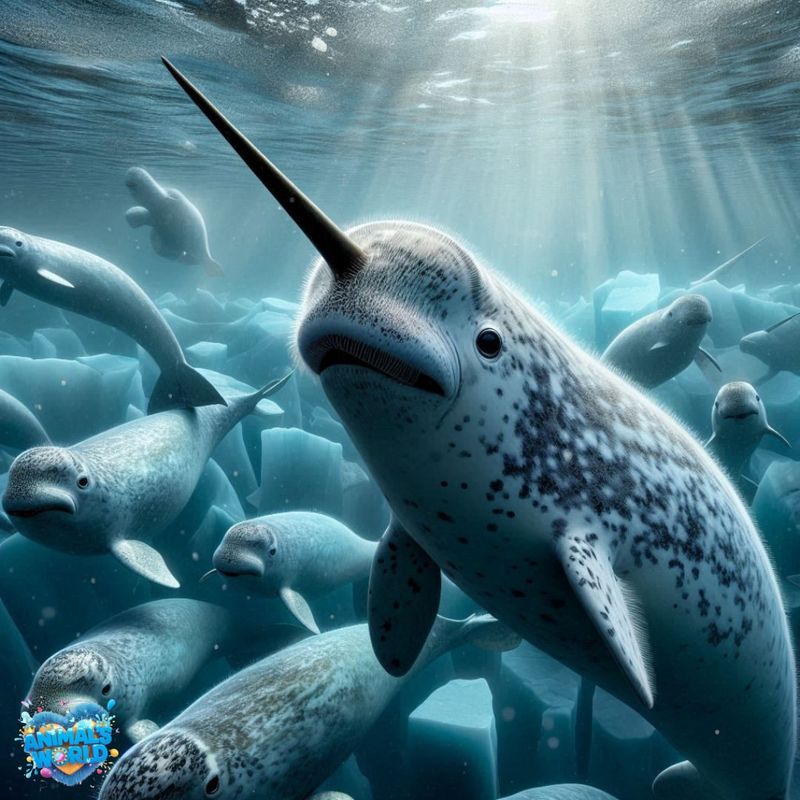
The Narwhal’s long, spiral tusk has earned it the nickname “unicorn of the sea.” This tusk, which is actually an elongated tooth, is believed to have multiple uses, including mating displays and dominance rituals.
Narwhals, native to the Arctic, are specially adapted to life in frigid waters and rely on their tusks to navigate and interact with their environment.
9. Platypus
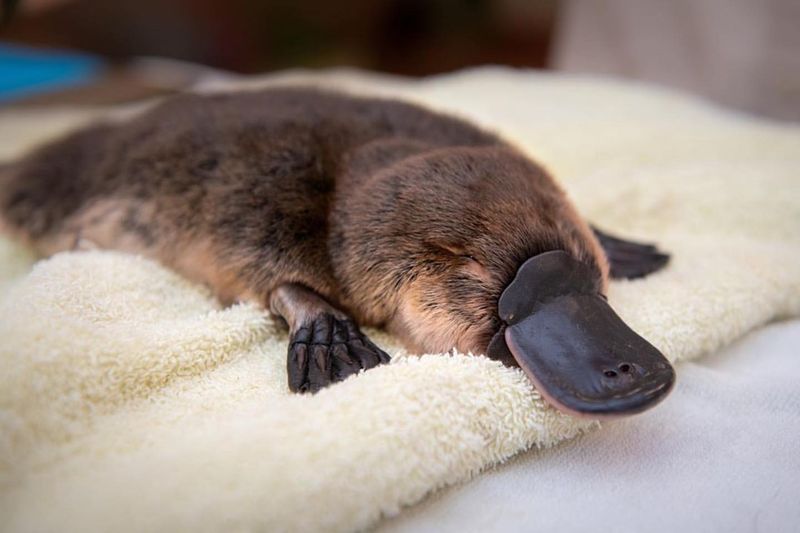
The Platypus is a mammal that defies classification, possessing features of both reptiles and birds. It lays eggs, has a duck-like bill, and produces venom, making it one of the most unique creatures in the animal kingdom.
Native to Australia, the Platypus is an example of evolutionary convergence, where distinct species develop similar traits in similar environments.
10. Komodo Dragon
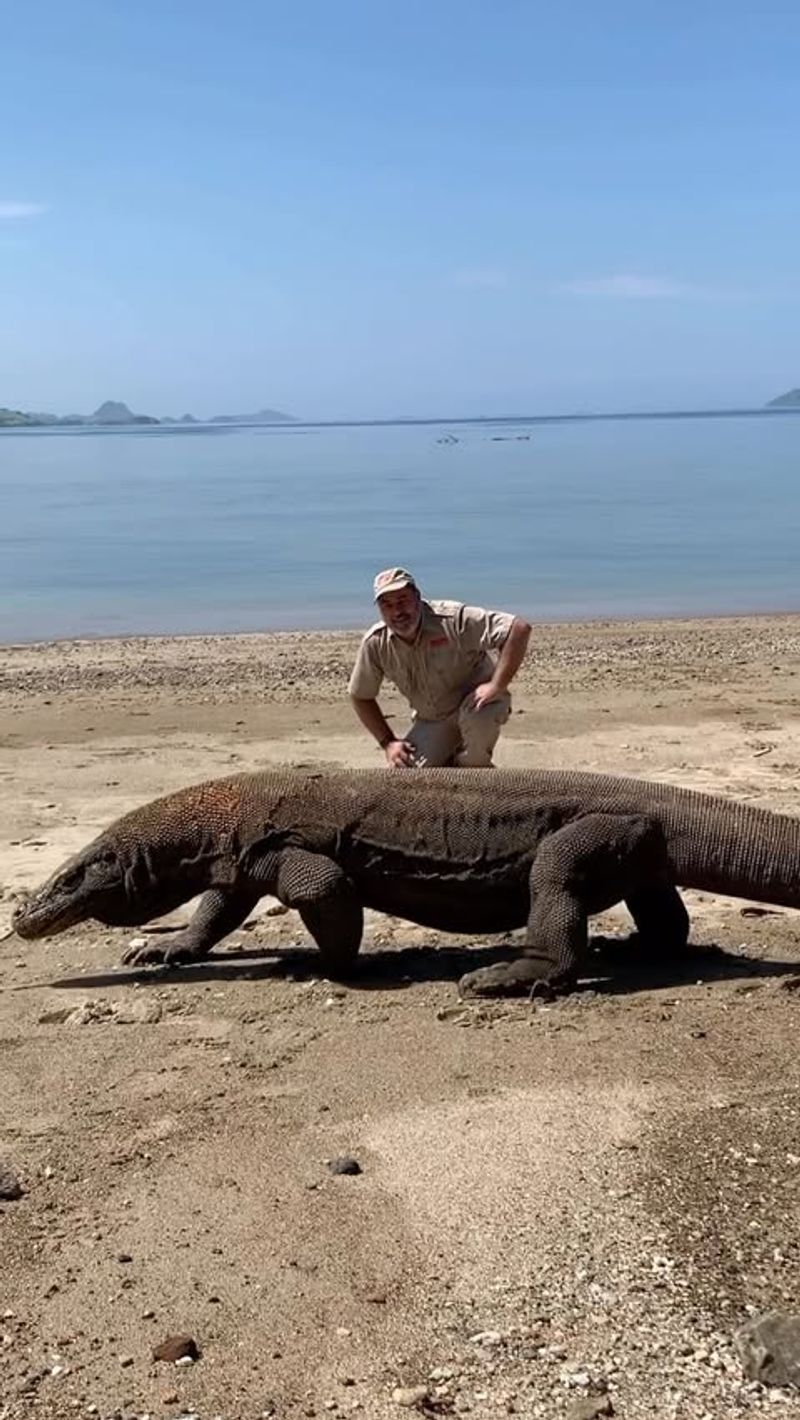
The Komodo Dragon, the largest living lizard, has evolved to be an apex predator in its island habitat. Using its venomous bite and powerful jaws, it hunts prey like deer and wild boar.
Found in Indonesia, the Komodo Dragon’s size and hunting strategy make it a formidable presence in the wild, capable of ambushing prey with remarkable stealth.
11. Tardigrade
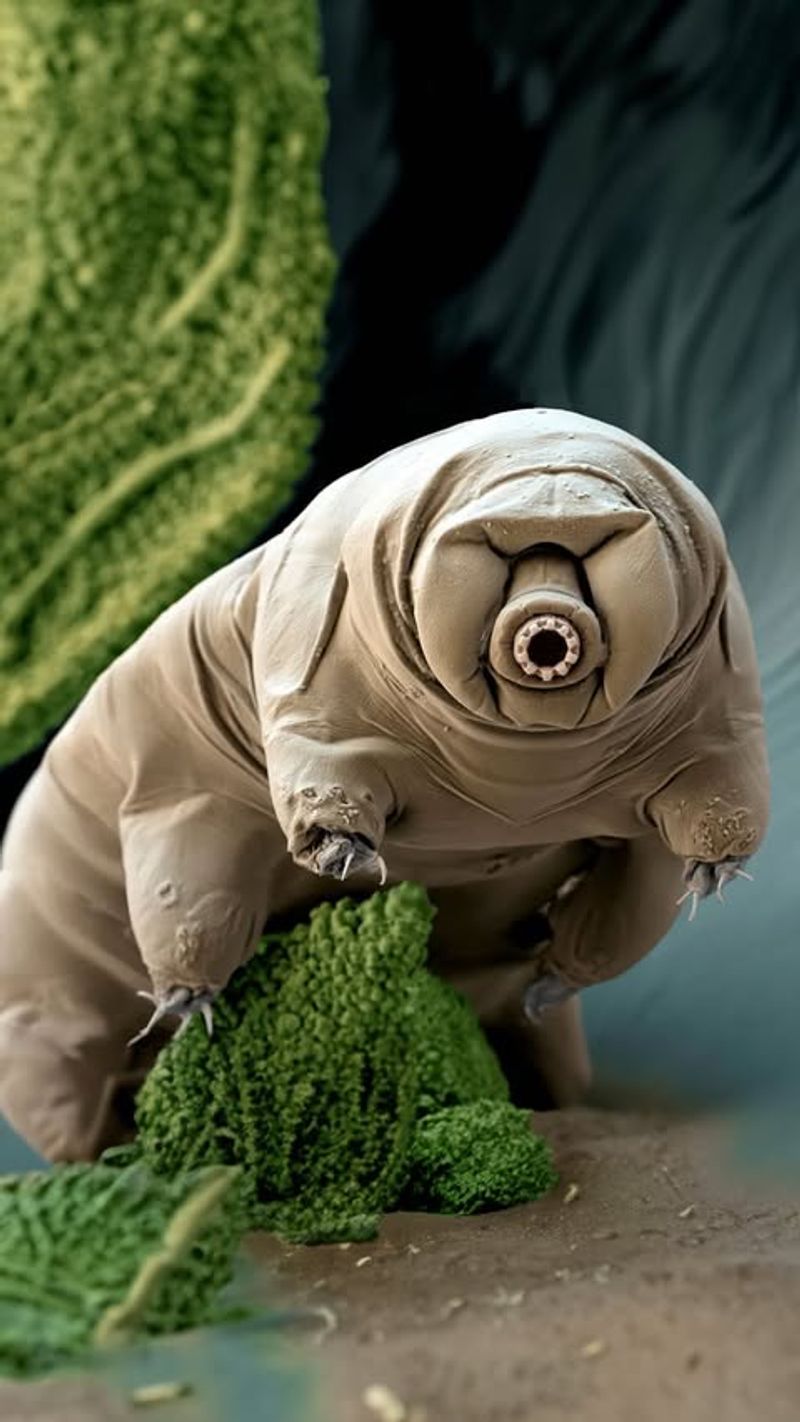
The Tardigrade, often referred to as a “water bear,” is one of the most resilient creatures on Earth. This microscopic animal can survive extreme conditions, from freezing temperatures to the vacuum of space.
Its ability to endure such harsh environments makes the Tardigrade a subject of interest for scientists studying life’s potential to survive in extreme conditions.
12. Axolotl
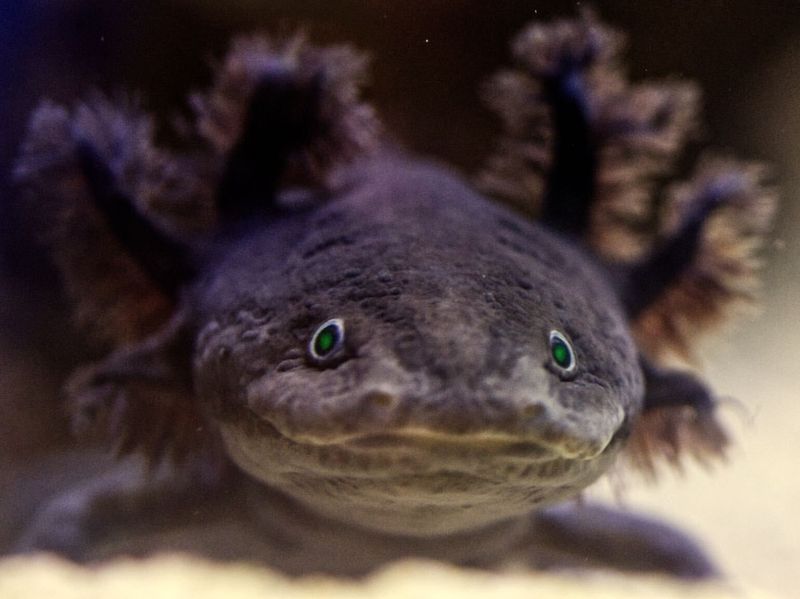
Known for its extraordinary ability to regenerate entire limbs, spinal cords, and even parts of its brain, the Axolotl is an amphibian marvel. Native to lakes in Mexico, it remains in its larval form throughout its life, retaining gills and an aquatic lifestyle.
This regenerative ability makes the Axolotl a subject of intense scientific research, offering potential advancements in human regenerative medicine.
13. Hammerhead Shark
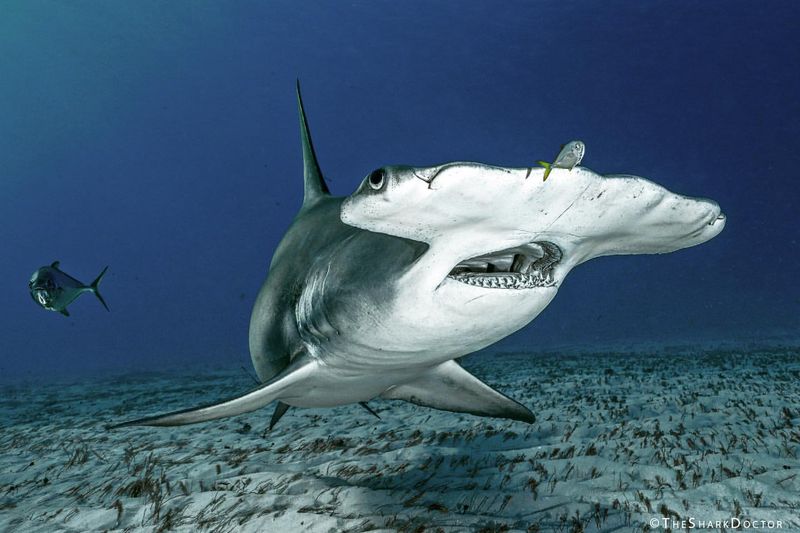
The Hammerhead Shark is known for its unique, T-shaped head, which gives it a wider field of vision and aids in hunting.
Found in tropical waters worldwide, the Hammerhead Shark is an efficient predator, using its head to pin down prey and navigate through the water with precision. Its remarkable adaptations make it one of the most distinctive and effective sharks in the ocean.
14. Archerfish
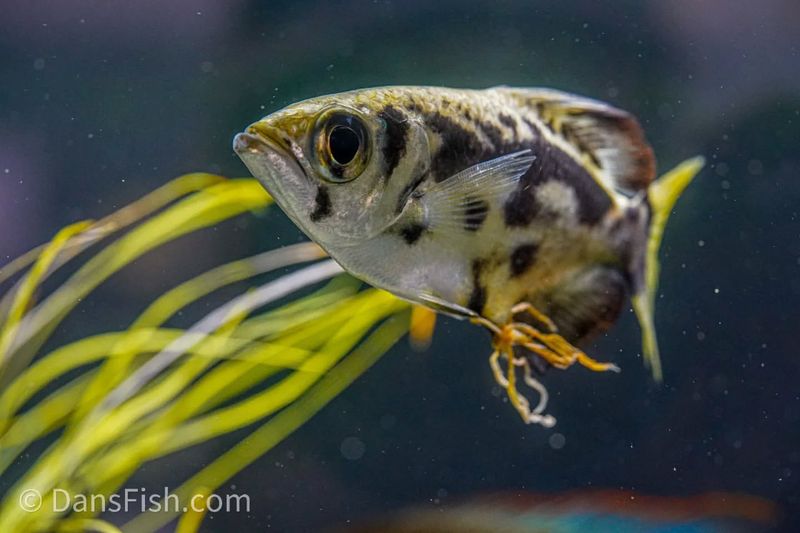
The Archerfish is known for its incredible accuracy when shooting jets of water to knock insects and other prey from above the water’s surface. Using its specialized mouth, the Archerfish can shoot water streams up to 6 feet to capture food.
This remarkable hunting strategy showcases its unique evolutionary adaptations, making it one of the most fascinating fish species.
15. Electric Eel
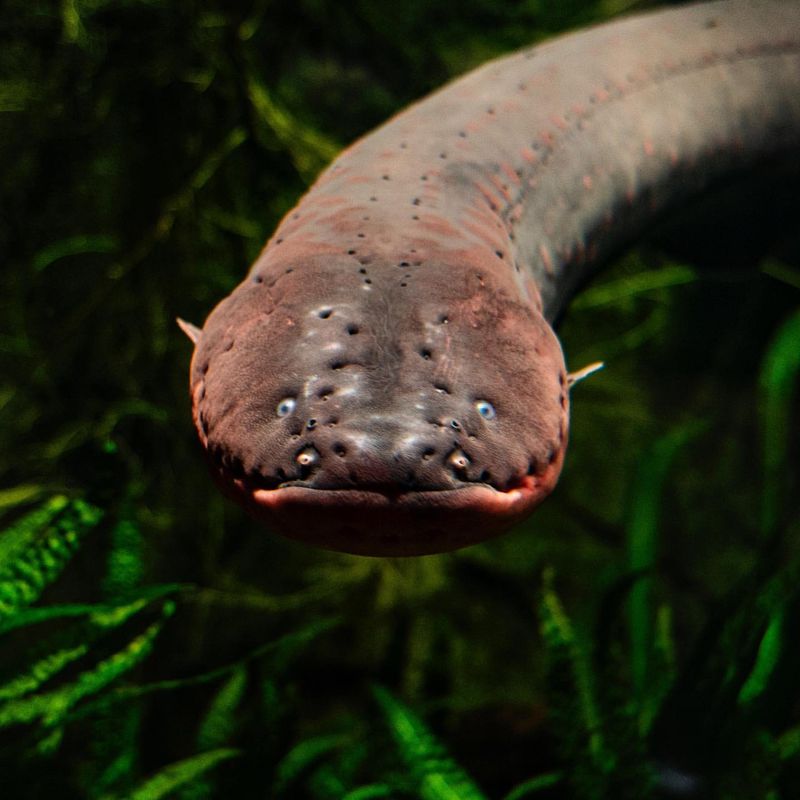
The Electric Eel uses electricity to navigate murky waters and to stun prey. Capable of producing electrical discharges up to 600 volts, it can paralyze smaller fish and even shock predators.
Found in the waters of South America, the Electric Eel’s ability to generate electricity has made it one of the most electrifying creatures in the animal kingdom.
16. Glaucus Atlanticus
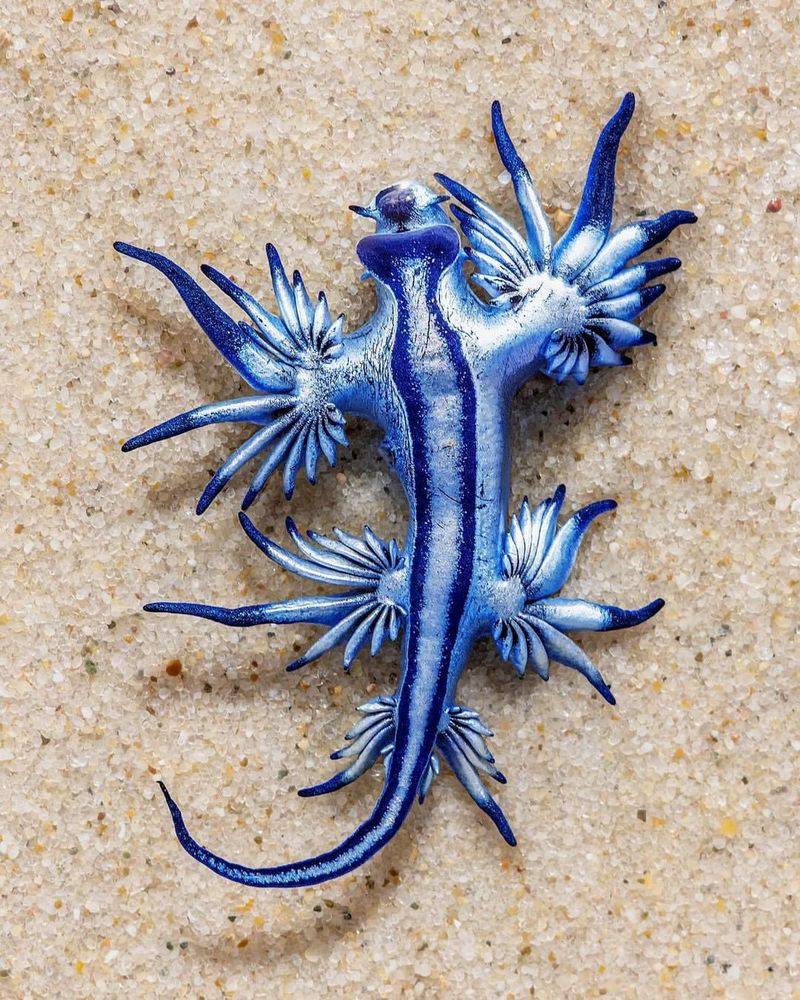
The Glaucus Atlanticus, also known as the Blue Dragon, is a striking sea slug with vibrant blue and silver coloration.
This small creature is a predator, feeding on jellyfish and other small marine animals. Despite its delicate appearance, the Glaucus Atlanticus has evolved to be a fierce hunter, using its stunning colors to blend into the ocean’s surface while it hunts.
17. Glass Frog
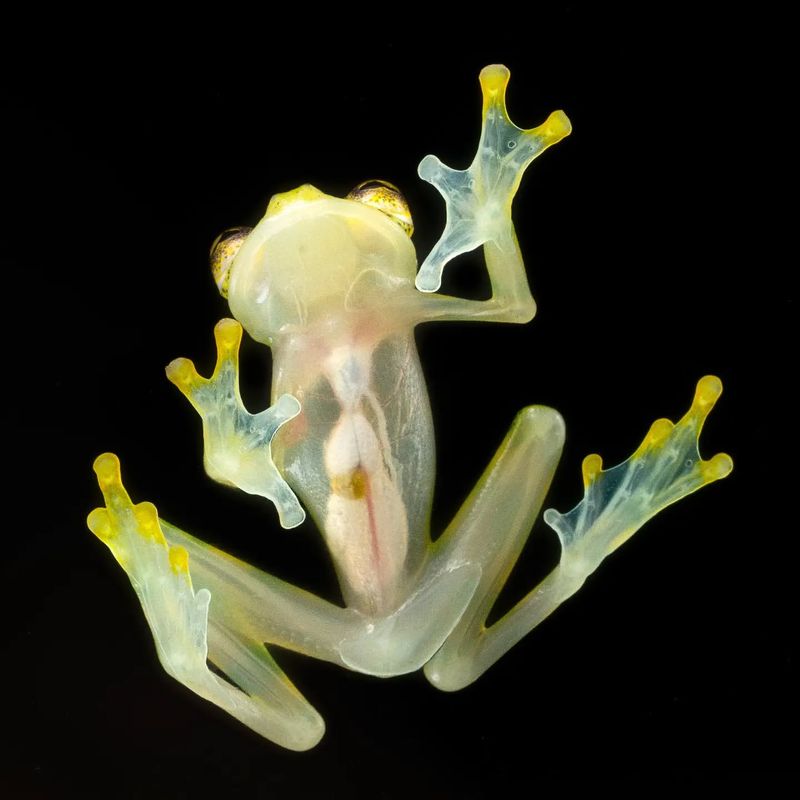
The Glass Frog is known for its translucent skin, which makes its internal organs visible. This unique trait helps it blend into its environment in the rainforests of Central and South America.
The Glass Frog’s ability to remain hidden while perched on leaves is a vital defense mechanism, keeping it safe from predators.
18. Proboscis Monkey
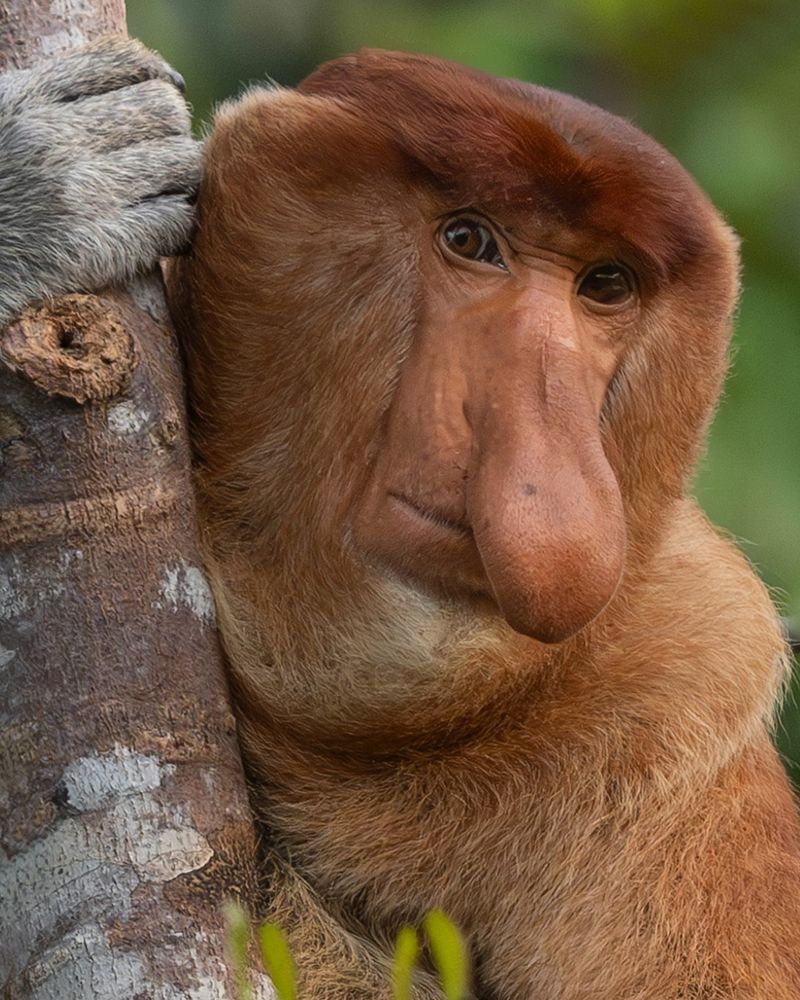
The Proboscis Monkey, found in the rainforests of Borneo and Sumatra, is easily recognized by its large, bulbous nose.
This unique feature is thought to play a role in attracting mates and amplifying vocalizations. Proboscis monkeys live in social groups and are excellent swimmers, using their long tails to help them navigate through their forested habitat.
19. Star-Nosed Mole
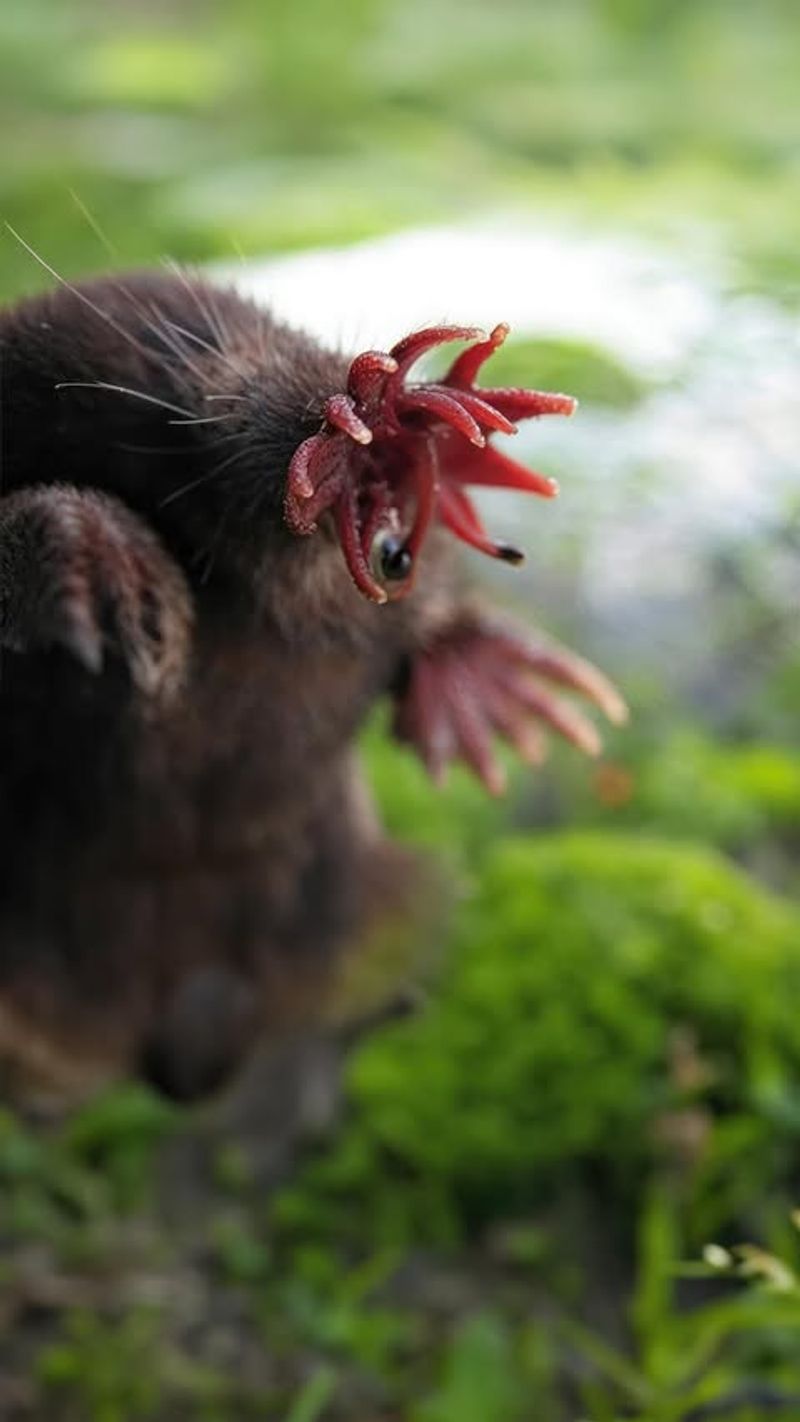
The Star-Nosed Mole’s most distinctive feature is its unique star-shaped nose, which is covered in over 25,000 sensory receptors.
These receptors allow the mole to detect and identify prey with remarkable speed. Living in North American wetlands, the Star-Nosed Mole uses its specialized nose to forage for insects and other small invertebrates buried in the mud.
20. Saiga Antelope
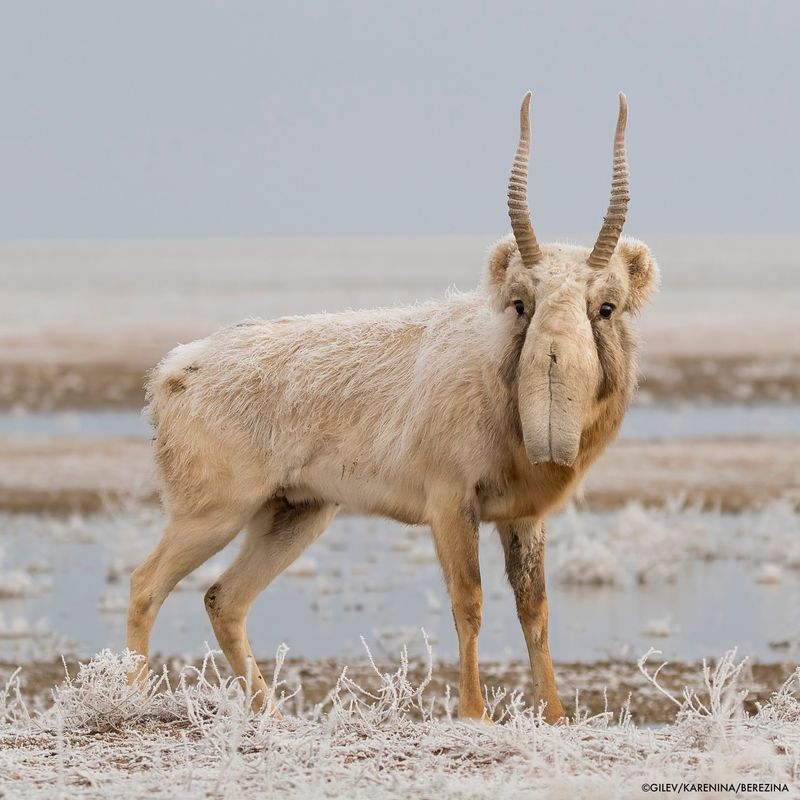
The Saiga Antelope, with its large, downward-curved nose, has evolved to thrive in the harsh, dry landscapes of Central Asia.
Its nose helps filter out dust and regulate temperature, allowing it to survive in extreme conditions. Saiga herds are migratory, and their rapid decline in numbers has led to significant conservation efforts to protect this unique species.
21. Blobfish
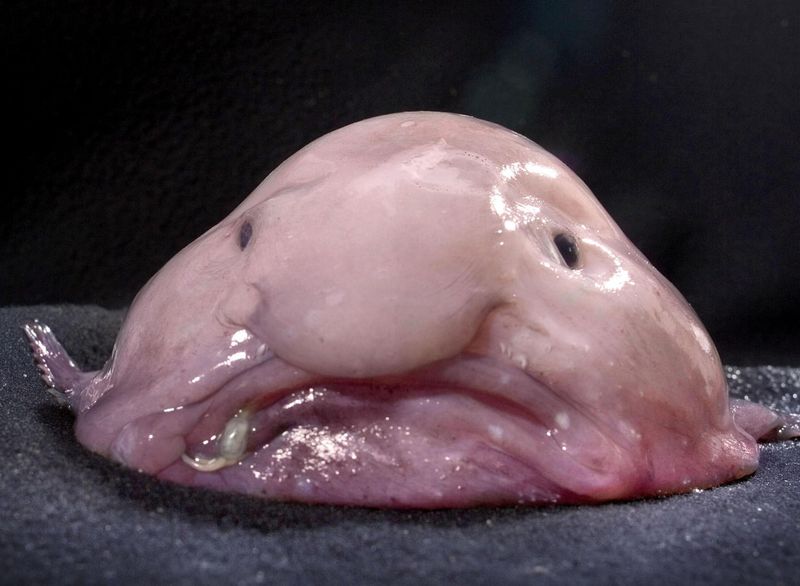
The Blobfish, often cited as one of the ugliest creatures, lives deep in the waters off the coast of Australia. Its gelatinous body allows it to withstand the immense pressure of the ocean depths.
Although its appearance is often mocked, the Blobfish is well-adapted to life in its harsh, high-pressure environment.
22. Thorny Devil
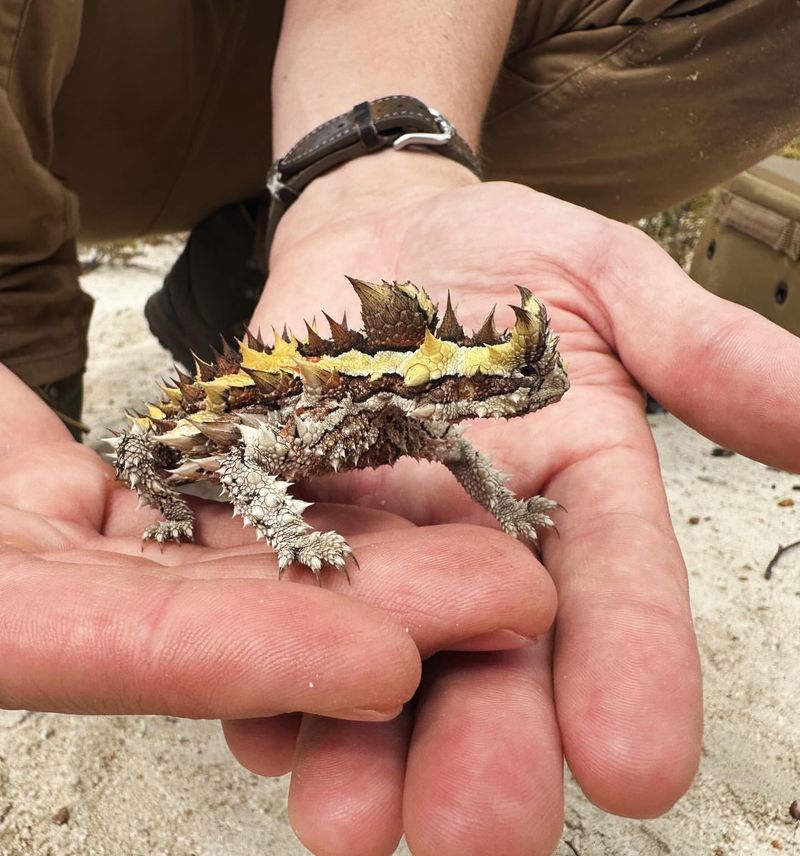
The Thorny Devil, found in Australia, is a small lizard covered in spiny armor that serves as both camouflage and protection from predators. Its unique appearance makes it almost invisible among desert rocks and sand.
The Thorny Devil also has a fascinating defense mechanism, using its appearance to confuse predators while it escapes.
23. Cuttlefish
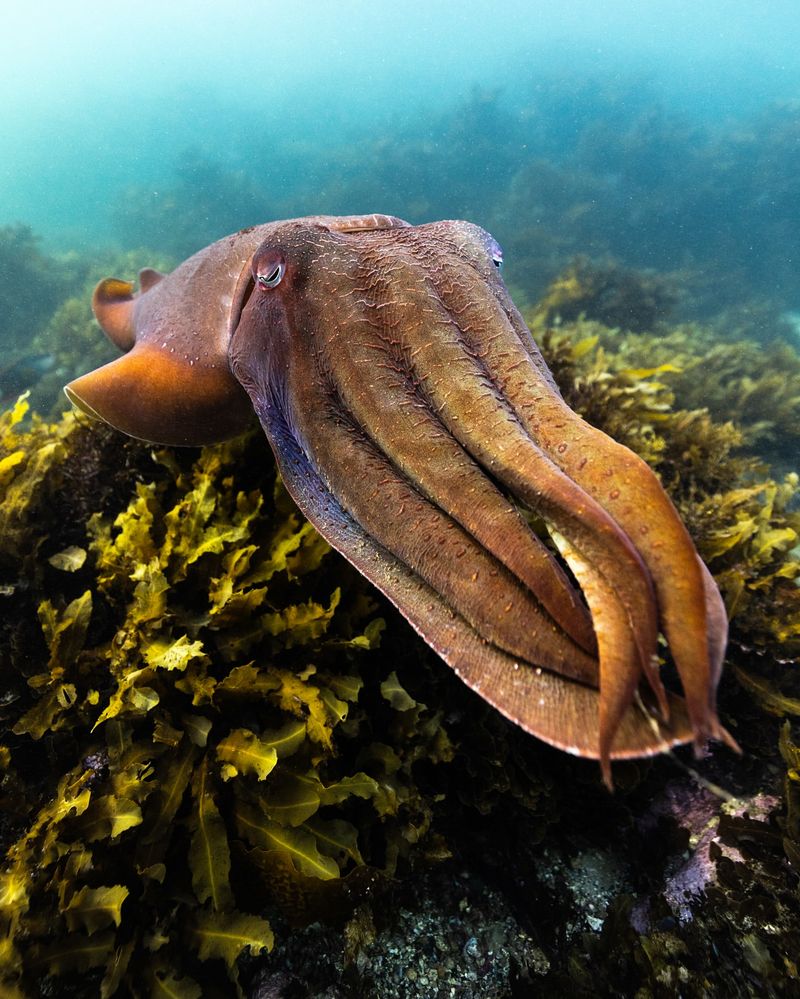
The Cuttlefish is a master of disguise, capable of changing its skin color and texture to blend in with its surroundings.
This cephalopod uses its ability to camouflage itself to hide from predators and surprise its prey. With its sophisticated brain and keen problem-solving abilities, the Cuttlefish is one of the most intelligent and adaptive creatures in the sea.
24. Okapi

The Okapi, a relative of the giraffe, is native to the dense forests of the Congo Basin. Despite its zebra-like stripes, the Okapi is more closely related to giraffes and shares their long necks and unique digestive system.
This elusive creature has evolved to navigate its forested environment, where it uses its height and camouflage to avoid predators.
25. Aye-Aye
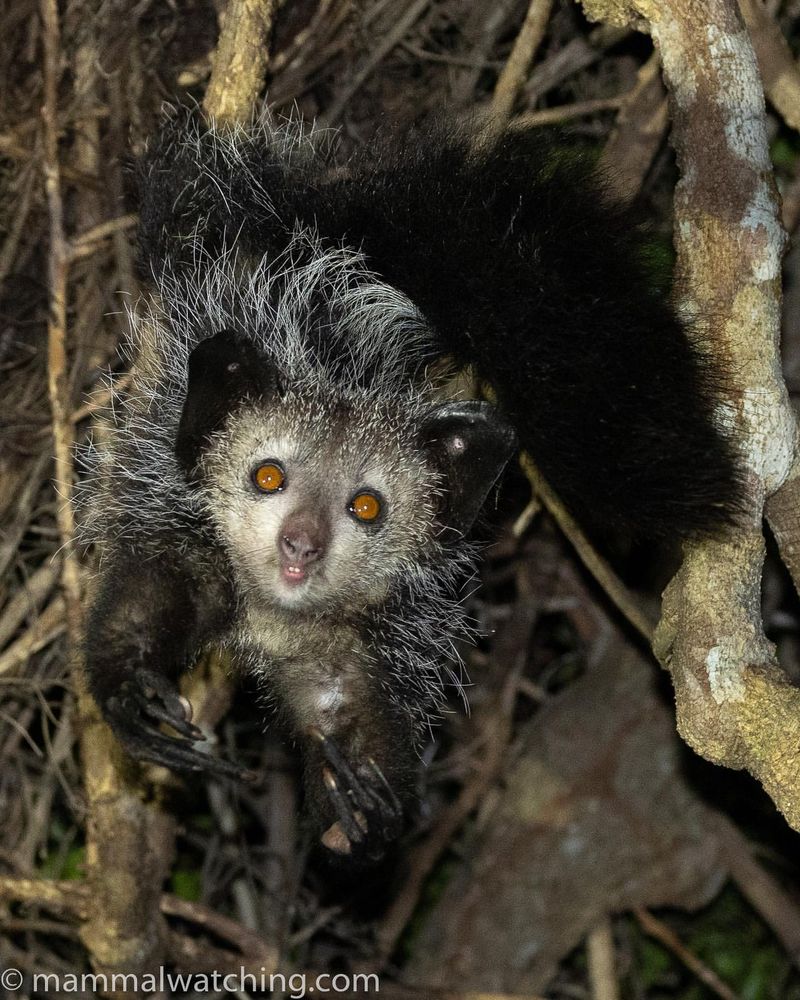
The Aye-Aye, a nocturnal primate from Madagascar, is known for its long, bony fingers, particularly the third finger, which it uses to tap on tree bark and locate insects.
The Aye-Aye’s unique feeding behavior has led to it being considered an omen of bad luck in local folklore. Despite this, it plays an essential role in the ecosystem by helping to control insect populations.
26. Giraffe Weevil
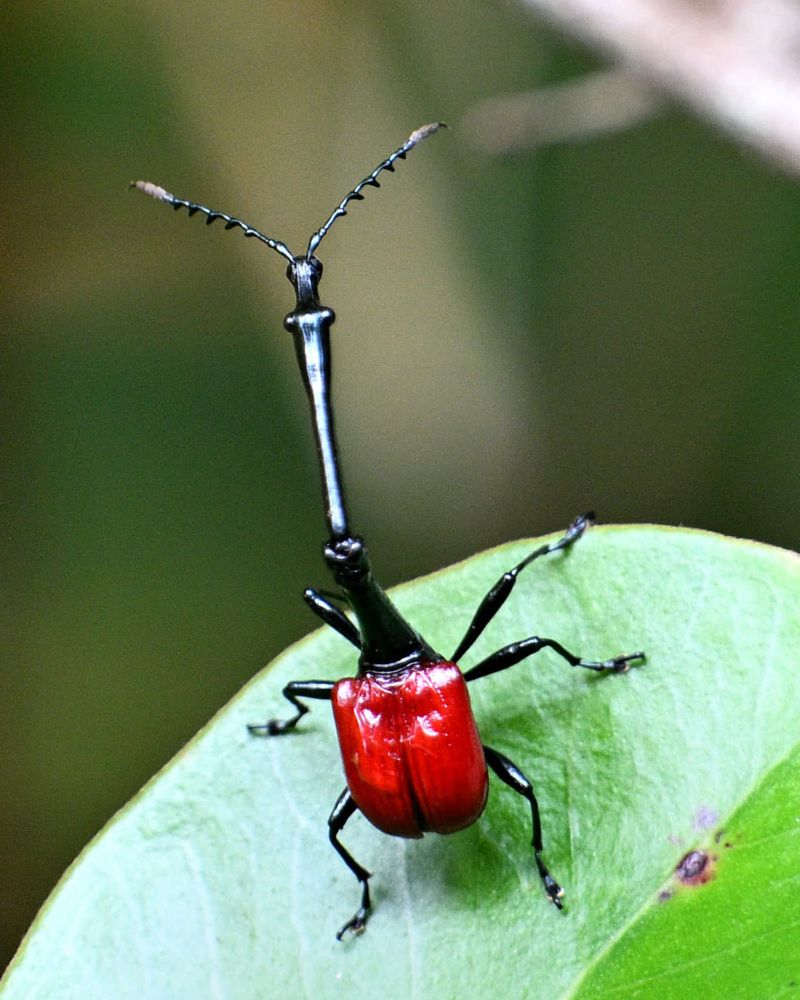
The Giraffe Weevil, found in Madagascar, has a long neck similar to that of a giraffe. This evolutionary trait helps the weevil reach higher branches to feed on leaves and twigs.
The male Giraffe Weevil uses its long neck to fight for mates, engaging in dramatic headbutting contests with rivals.
27. Vampire Squid
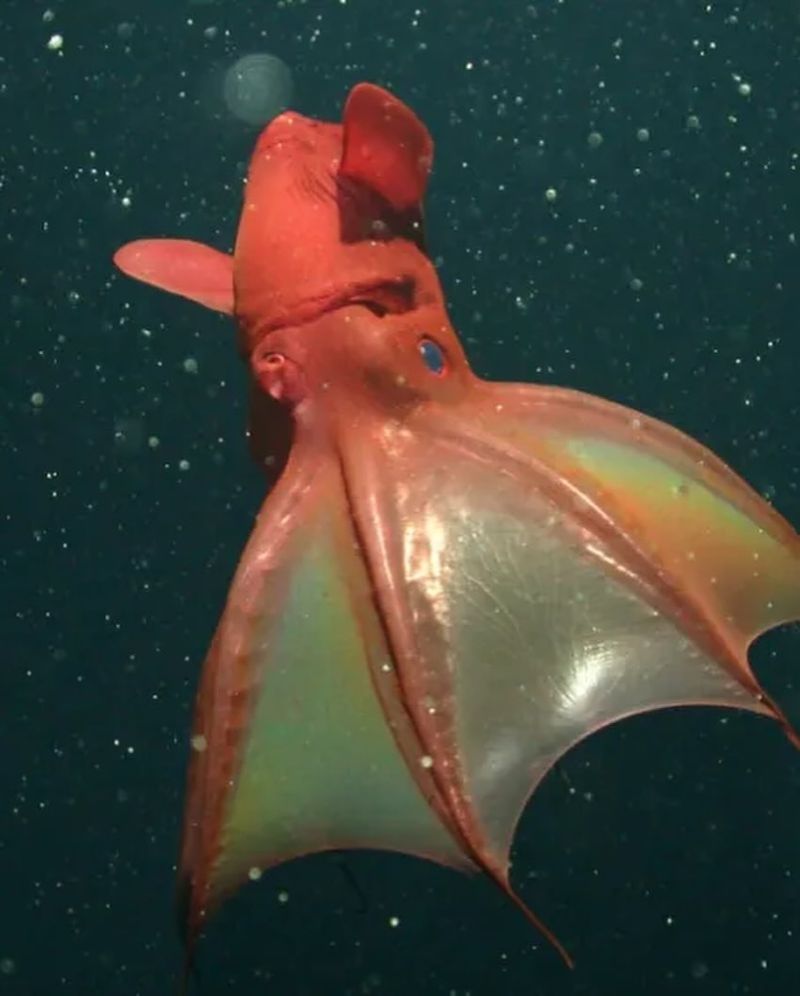
The Vampire Squid, named for its dark, cloak-like appearance and red eyes, is an unusual species that lives in the oxygen-poor waters of the deep ocean.
Unlike its predatory cousins, the Vampire Squid feeds on detritus and plankton, using its bioluminescent properties to attract prey. This deep-sea creature has adapted to life in an environment with low oxygen and little light.
28. Shoebill Stork
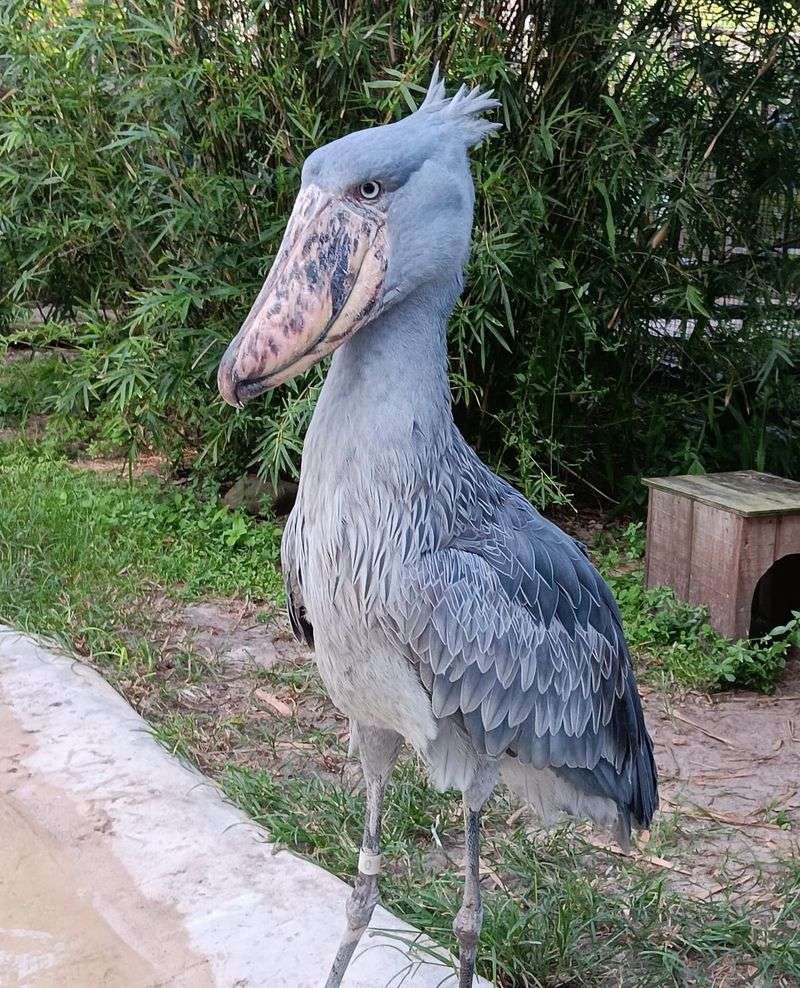
The Shoebill Stork, with its large, shoe-shaped bill, is one of the most distinctive birds found in Africa.
Known for its impressive hunting skills, the Shoebill preys on fish, frogs, and even small reptiles. Its striking appearance and formidable hunting abilities make it a fascinating creature in the bird world.
29. Glasswing Butterfly
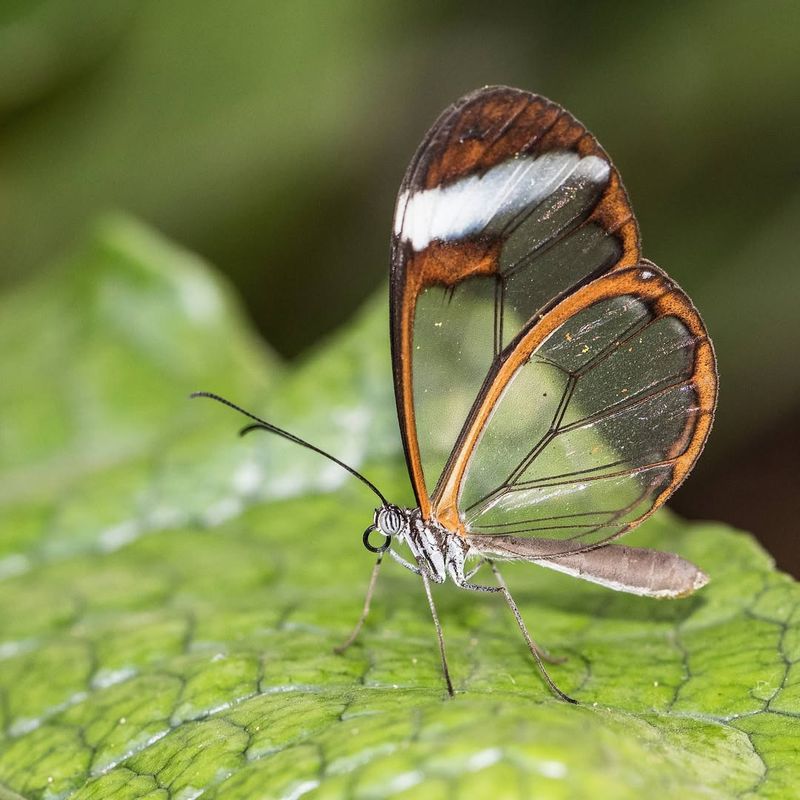
The Glasswing Butterfly is a delicate insect known for its transparent wings, which give it an ethereal, almost ghostly appearance. Found in Central and South America, its transparent wings allow it to blend seamlessly into its surroundings, making it difficult for predators to spot.
The Glasswing Butterfly is a beautiful example of nature’s ability to craft creatures that are both functional and captivating.




